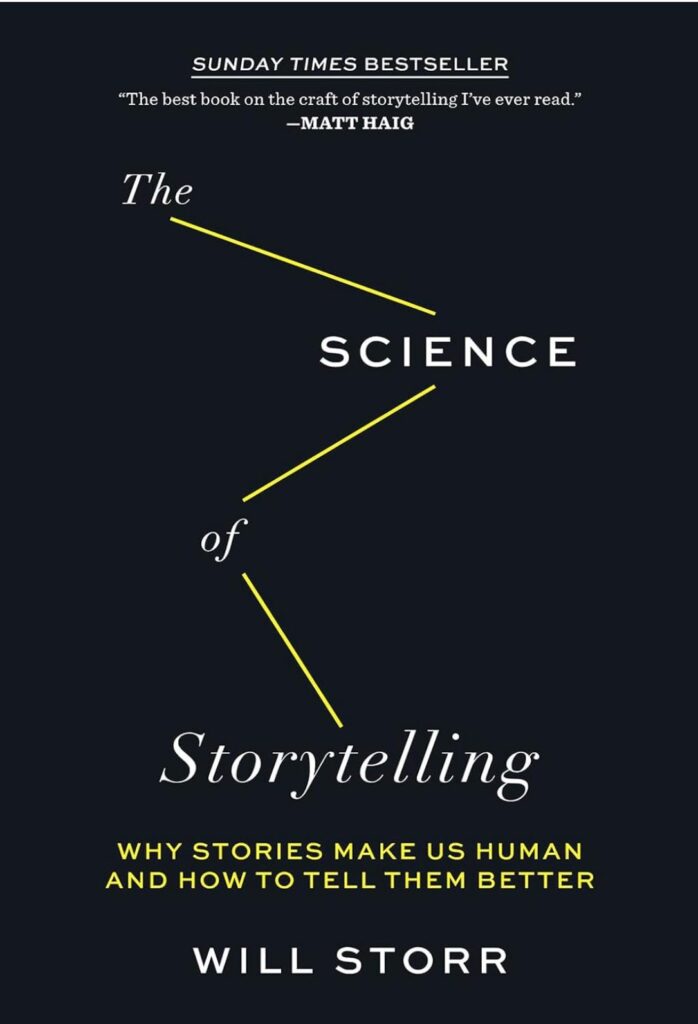If you’re anything like me, you love building stories with recurring characters, themes, and settings. In the world of Hucow stories, creating a shared universe for your series can make your stories more immersive, exciting, and addictive for readers.
A shared world lets you tie together different storylines, allowing readers to dive deeper into your characters’ journeys and see how the larger Hucow society functions across multiple books.
I’ve been working on a shared world for my Hucow stories for a while now, and I’ve learned a few things about what makes it work and what challenges come with it.
Whether you’re just starting your series or looking to expand, creating a shared world can open up so many new possibilities. In this post, I’ll take you through the steps of building a Hucow world that feels cohesive, engaging, and full of potential.
Table of Contents
ToggleSetting the Foundation of Your Shared World
Before diving into multiple interconnected stories, you need to lay a strong foundation for your Hucow world. Readers want to feel like they’re stepping into a place that’s fully formed, where rules and dynamics exist even when they’re not explicitly stated.
Define the Core Themes and Dynamics
One of the first things I do when creating a shared Hucow world is define the core themes. Transformation, power dynamics, milking, and breeding are key to the genre, but how do these play out in your world specifically?
In my stories, I focus on the idea that each Hucow farm operates differently—some are more nurturing, while others have stricter control over their Hucows. This not only sets up interesting dynamics within each story but also opens the door for conflicts between different factions.
Take some time to think about what makes your world unique. Are the Alphas dominant but caring? Is the transformation process drawn out or instant? What societal norms exist around Hucows? These elements will define how your characters interact and develop across the series.
Establish a Clear Setting
Your world needs a physical place for readers to ground themselves in. For my Hucow stories, I decided early on that each farm would have its own distinct characteristics, but they all exist within the same country. This made it easier to introduce new locations while keeping everything connected.
One of my farms was more rural and isolated, while another had more technology involved in the milking and breeding process. Giving each place its own flavor makes the world feel alive.
Think about whether you want a central hub, like a main farm where different stories intertwine, or if you prefer each story to have its own distinct setting. Either way, keeping your world connected through places and people is key.
Creating Strong Connections Between Books
A shared world only works if the connections between books are strong and meaningful. Readers love seeing familiar faces and themes reappear, so weaving these threads into your series is essential.
Use Recurring Characters
One of the most enjoyable things about writing a shared world is bringing back characters readers already love. In one of my Hucow series, I introduced an Alpha in book one who eventually became a mentor figure in a later story. His role evolved, but the familiarity helped tie the two books together. Readers who had connected with him in the first book were thrilled to see him again in a different context.
Recurring characters can create a sense of continuity and give readers a deeper emotional investment in the world. You don’t have to make every character a mainstay in multiple books, but bringing them back, even for cameos, strengthens the fabric of your world.
Introduce Overarching Plot Threads
Another way to link your Hucow stories is by introducing overarching plotlines that run through multiple books. For example, in my shared world, there’s an ongoing conflict between two rival Hucow farms. This conflict doesn’t dominate every story, but it’s always there in the background, influencing the characters’ decisions and the overall tone of the world.
By planting the seeds of a larger plot in earlier stories, you can slowly build anticipation for big payoffs in later books. Just make sure these threads don’t overshadow the individual storylines of each book—balance is key.
Balancing New and Familiar Elements
When creating a shared world, it’s important to find the right balance between introducing new elements and revisiting familiar ones. Readers want both—the comfort of what they already love and the excitement of discovering something new.
Keep Key Tropes Consistent
In Hucow stories, readers have certain expectations. They want to see the familiar tropes that drew them to the genre in the first place—transformation, milking, breeding, and power dynamics. In my stories, I make sure to keep these core elements present in every book, even as the specifics vary. For example, the milking scenes in one story might be more tender and emotional, while in another, they’re more intense and focused on dominance. The details change, but the essence remains.
By keeping these key tropes consistent, you give readers the satisfaction of knowing what to expect while still offering variety in how those tropes play out.
Introduce Fresh Themes and Settings
While consistency is important, you also need to introduce fresh themes and settings to keep your readers engaged. For one of my books, I decided to explore the psychological aspect of transformation more deeply, delving into how the Hucow grappled with her identity shift. This was a departure from the more physical focus of my earlier books, and readers appreciated the new angle.
Don’t be afraid to mix things up. Maybe you want to explore a new type of transformation process or introduce a different kind of Alpha. Just make sure these new elements feel like a natural extension of the world you’ve already built.
World-Building Through Power Dynamics
Power dynamics are at the heart of Hucow stories, and they’re also a major factor in world-building. How power is distributed in your world—between Alphas and Hucows, between different farms, or even within society—will shape the tone and direction of your stories.
Explore Different Power Structures
In my shared world, each farm operates under its own power structure. Some are more authoritarian, with strict rules about milking and breeding, while others allow for more autonomy. This variety adds richness to the world and gives me the flexibility to explore different relationships between the characters.
Think about how power dynamics play out in your world. Is there a hierarchy among Alphas? Do certain farms have more influence than others? These elements can add depth and create interesting conflicts that carry across multiple books.
Show How Power Dynamics Affect Characters
Power dynamics shouldn’t just exist in the background—they should actively shape your characters’ experiences. In one of my stories, the Hucow initially resisted the Alpha’s control, but over time, she came to understand and accept her place within the farm’s hierarchy. This internal journey was deeply influenced by the power dynamics of the world I had built.
Use power dynamics to influence character arcs and create tension. Whether it’s a Hucow struggling to find her place or an Alpha grappling with his role, the power structures in your world should drive character development.
Expanding the World Through Side Stories
A great thing about creating a shared world is that it gives you the opportunity to explore side stories that add depth to the main plotlines. These stories can be shorter or focus on secondary characters, but they still contribute to the overall richness of the world.
Spin-Off Stories for Minor Characters
In one of my Hucow series, a minor character from the first book—an Alpha with a mysterious past—became the protagonist of a spin-off novella. Readers loved getting to know him better, and it also gave me a chance to explore a different aspect of the Hucow world. These smaller stories allow you to fill in gaps or expand on interesting details without taking focus away from the main series.
Spin-offs or side stories also give your readers more content to enjoy in between major releases, keeping them engaged with your world.
Explore Different Perspectives
Another way to expand your world is by exploring different perspectives. In one of my side stories, I wrote from the point of view of a character who wasn’t a Hucow or an Alpha but was closely tied to the farm’s operations. This added a fresh angle to the series and gave readers insight into how the world functioned beyond the primary power dynamic.
Different perspectives can breathe new life into your shared world and offer readers something unexpected.
Conclusion
Creating a shared world for your Hucow series is a rewarding challenge. It allows you to create deeper connections between your stories, giving your readers a more immersive experience.
By establishing a strong foundation, connecting your books through characters and plot threads, and balancing familiar tropes with fresh ideas, you can build a world that feels alive and full of potential.
As I’ve expanded my own Hucow world, I’ve discovered that the possibilities are endless—and that’s what keeps both me and my readers excited. I hope these tips help you create a shared world that draws your readers in and keeps them coming back for more.
References
The below references will guide you to more information on this fascinating topic.
- Hucow World-Building Guide – A resource for creating cohesive and engaging shared worlds in Hucow fiction.
- Crafting Power Dynamics – Tips on writing complex power dynamics that influence character relationships and world-building.
- Connecting Storylines – A guide to creating interwoven plots in series fiction, including Hucow stories.
- Building Emotional Arcs – A resource for developing strong emotional journeys in Hucow and other romance genres.
- Writing Series Fiction – Strategies for keeping readers engaged across multiple books in a shared world.
- Exploring Transformation in Fiction – A deep dive into how transformation themes shape character development in romance fiction.
- Creating Spin-Off Stories – A guide to writing compelling side stories and novellas that expand your world.
- Writing Hucow Tropes – A resource for mastering the key tropes of the Hucow genre while keeping them fresh and engaging.







































